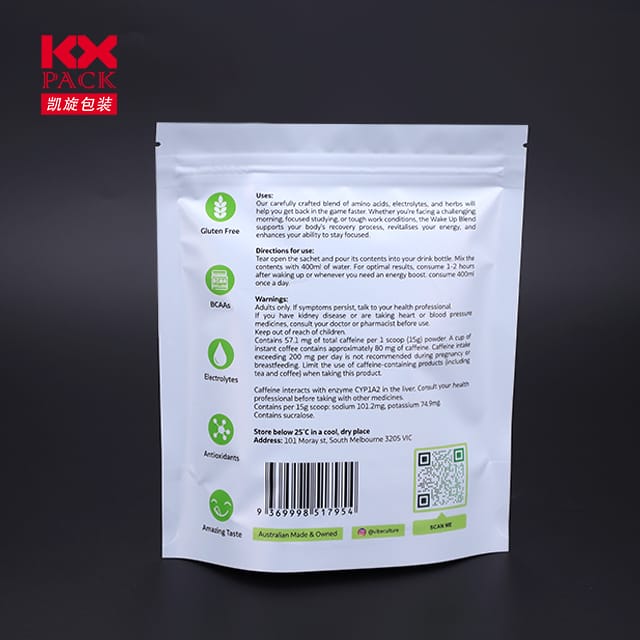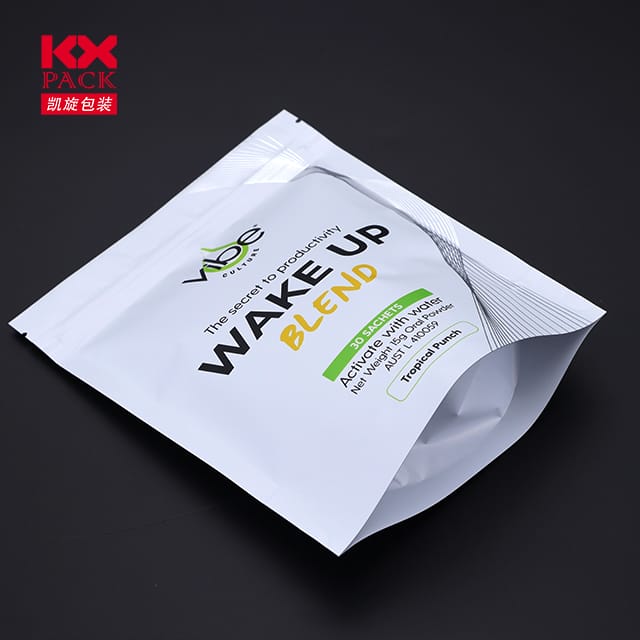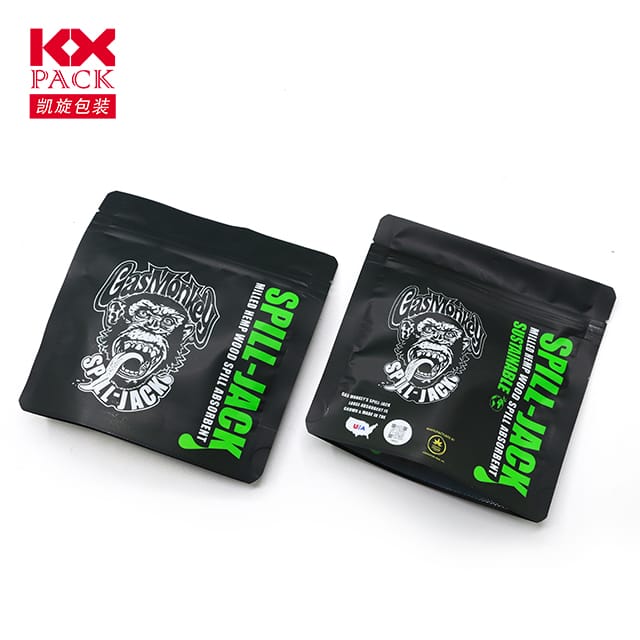Framtiden för förpackningsfilmer: Hållbarhet, Innovation, och konsumenttrender
Förpackningsfilmer
I en värld där bekvämligheten möter miljömedvetande, Förpackningsfilmer har blivit en hörnsten i modernt produktskydd, bevarande, och presentation. Från matförpackning till läkemedel, dessa tunna, Mångsidiga material skyddar varor medan du förlänger hållbarhet och minskning av avfall. Men när den globala efterfrågan växer, så gör brådskan att hantera hållbarhetsutmaningar. Låt oss utforska det utvecklande landskapet i förpackningsfilmer, inklusive miljövänliga innovationer, banbrytande teknik, och skiftande konsumenternas förväntningar.
Vad är förpackningsfilmer?
Förpackningsfilmer är tunna, flexibla material som används för att linda in, täta, eller skydda produkter. Vanligtvis tillverkad av plast som polyeten (PE), polypropen (PP), eller polyester (SÄLLSKAPSDJUR), De kan också integrera biologiskt nedbrytbara eller komposterbara komponenter. Deras applikationer spänner över branscher:
- Mat & Dryck: Bevarande friskhet, förhindrar förorening, och möjliggöra tydlig produktsynlighet.
- Läkemedel: Säkerställa steril, manipuleringssäker förpackningar för mediciner.
- Konsumtionsvaror: Förbättra hyllans överklagande för kosmetika, elektronik, och hushållsartiklar.
- Lantbruk: Skydda grödor med mulchfilmer eller ensilageomslag.
Hållbarhetskravet: Rethinking Traditional Films
Medan konventionella plastfilmer är kostnadseffektiva och hållbara, Deras miljöpåverkan är obestridlig. Engångsplast bidrar till föroreningar, med miljoner ton som hamnar i deponier eller hav årligen. Detta har lett till ett globalt drivkraft för hållbara alternativ:
- Biologiskt nedbrytbara filmer
Tillverkade av växtbaserade material som stärkelse, cellulosa, eller polylaktinsyra (PLA), Dessa filmer bryts naturligt under specifika förhållanden. Till exempel, Komposterbara kaffekuupor eller biologiskt nedbrytbara råvaror får dragkraft på eko-medvetna marknader. - Återvinningsbara filmer
Innovationer i monomaterialfilmer (TILL EXEMPEL., enskikts PE) förenkla återvinningsprocesser. Varumärken antar också "Design for Recycling" -principer, undvika blandade material som är svåra att separera. - Pappersbaserade laminat
Att kombinera papper med en tunn plastbeläggning erbjuder ett återvinningsbart eller komposterbart alternativ för torrvaror som snacks eller spannmål. - Återanvändbara system
Vissa företag experimenterar med påfyllningsbara förpackningsfilmer, Uppmuntra konsumenterna att returnera containrar för sterilisering och återanvändning.
Tekniska trender som formar branschen
Förpackningsfilmsektorn surrar av tekniska framsteg som syftar till effektivitet och hållbarhet:
- Smartfilmer: Inbäddad med sensorer eller indikatorer, Dessa filmer övervakar friskhet (TILL EXEMPEL., Färgförändringsetiketter för köttskivning) eller upptäcka manipulering.
- Nanoteknik: Nano-Coatings förbättrar barriäregenskaperna, Att hålla syre eller fukt utan att tillsätta bulk.
- 3D -tryckning: Anpassade filmer med intrikata mönster eller funktionella lager kan nu produceras på begäran, minskning.
- AI-driven design: Maskininlärning optimerar materialanvändning, tjocklek, och prestanda, Skänka kostnader och miljöavtryck.
Konsumtionsbehov: Transparens och miljömedvetna val
Dagens shoppare prioriterar hållbarhet - och de röstar med sina plånböcker. A 2023 Undersökning av McKinsey fann det 75% av konsumenterna anser miljöpåverkan när de köper förpackade varor. Denna skift driver varumärken till:
- Tydligt etikettåtervinningsinstruktioner eller eko-certifikationer.
- Anta minimalistiska förpackningar för att minska materialanvändningen.
- Samarbeta med återvinningsprogram eller återbetalningsinitiativ.
Utmaningar och vägen framåt
Trots framsteg, hinder kvarstår:
- Kosta: Hållbara filmer kommer ofta till en premium, Även om stordriftsfördelar gradvis stänger gapet.
- Prestanda: Biologiskt nedbrytbara material kan sakna hållbarhet eller barriäregenskaper hos traditionella plast.
- Infrastruktur: Återvinningsanläggningar för komposterbara filmer är begränsade i många regioner.
dock, branschsamarbete och regleringstryck (TILL EXEMPEL., EU-förbud på engångsplast) påskyndar förändringar. Företag investerar kraftigt i R&D för att skapa filmer som är både planetvänliga och funktionella.
Slutsats: En wrap om framtiden för förpackningsfilmer
Förpackningsfilmer är på ett vägkorsning - balansera behovet av skydd och bekvämlighet med planetens hälsa. Som innovation växer, Branschen går mot en cirkulär ekonomisk modell, Där material återanvänds, återvunnet, eller säkert återvände till naturen. För företag, Att hålla sig i förväg innebär att omfamna hållbarhet som ett kärnvärde, inte bara en trend. För konsumenter, stödja varumärken som prioriterar miljövänlig förpackning skickar ett kraftfullt meddelande.
Vad tar du på hållbara förpackningsfilmer? Dela dina tankar eller favorit-eko-varumärken i kommentarerna nedan! 🌍✨







